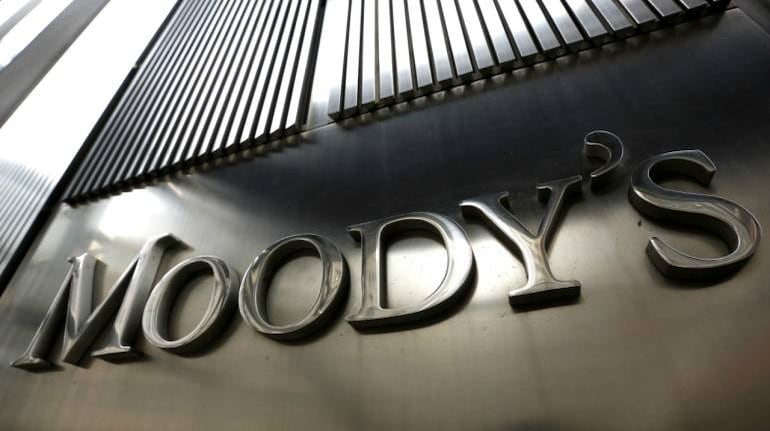Experts are of the view that Moody’s downgrade is unlikely to take the Nifty to a new low because the market seems to be climbing a wall of worries on the back of strong liquidity
Moody's Investors Service on June 1 downgraded India's rating to BAA3 and changes its outlook to negative from stable. Its rating is now in line with other agencies such as S&P and Fitch.
"Moody's has downgraded India's local-currency senior unsecured rating to Baa3 from Baa2, and its short-term local-currency rating to P-3 from P-2. The outlook remains negative,” it said in a statement.
However, experts told Moneycontrol that though this is sentimentally negative for D-Street, it is unlikely to lead to a big knee jerk reaction on June 2.
Indian markets closed on a buoyant note on June 1 ignoring the weak GDP data for the March quarter as well as muted factory activity for May as investors cheered phased out opening of the economy as well as a normal monsoon. Sentiment was also upbeat because of positive global cues.
The decision to downgrade India's ratings reflects Moody's view that the country's policymaking institutions will be challenged in enacting and implementing policies that effectively mitigate the risks of a sustained period.
Moody expects a prolonged period of slow growth to continue well beyond the pandemic. India's progress has been hamstrung by tardy implementation of reforms, it noted.
Also Read: Moody's downgrades India's rating to BAA3, maintains negative outlook
Experts are of the view that Moody’s downgrade is unlikely to take the Nifty to a new low because the market seems to be climbing a wall of worries on the back of strong liquidity.
We have collated views from various experts as to how it will impact D-Street:
Ajay Bodke, CEO (PMS), Prabhudas LilladherRigid, inelastic and ever-rising pressure on government finances from salaries and interest payments juxtaposed against sharply dwindling taxation revenues, leading to persistent missing of medium-term fiscal consolidation targets, have proved to be the Achilles' heel for India's economic downgrade by Moody's.
Significantly higher debt burden as compared to peers in the same rating category and escalating vulnerabilities for the extremely fragile, grossly undercapitalised banking and finance sector due to an expected spike in bad loans will continue to weigh heavily on any prospect of a rapid economic recovery.
Even though it is a downgrade, the rating is still investment grade. This is on par with the rating of S&P and Fitch Ratings. This is unlikely to impact materially since the strength of the market is largely due to the humongous liquidity floating in the global financial system. The government needs to prepare a medium-term fiscal consolidation roadmap to inspire confidence in markets. Of course, this is slightly sentiment negative.
The Nifty has closed at the upper end of the range of the recent recovery since it tested the bottom at 7,511 levels in March. The downgrade of India's rating by Moody's could see upsides capped near to 10,100 levels and one can expect some minor profit booking and pullback to test the gap levels of 9,550-9,600 it had left on June 1.
Abhimanyu Sofat, Head of Research, IIFL SecuritiesMoody's decision to lower India's rating is a reflection of the stress in the Indian economy and fiscal situation that has been amplified by the virus outbreak. The subdued policy response for short term alleviation of the lockdown related stress would lead to subdued economic growth and lower tax collection. This is likely to aggravate the weakness in the credit profile of India. The policy of balancing act seems to have not delivered the desired results.
Disclaimer: The views and investment tips expressed by investment experts on Moneycontrol.com are their own and not that of the website or its management. Moneycontrol.com advises users to check with certified experts before taking any investment decisions.














